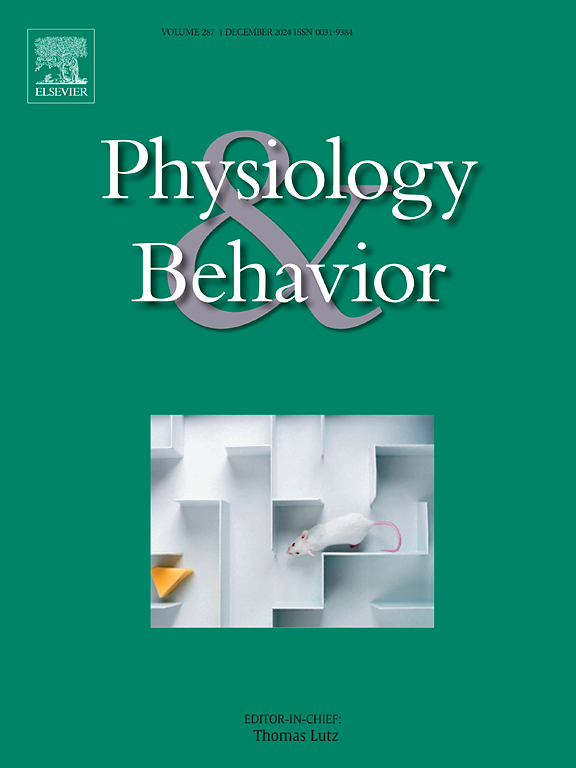流还是不流?边吃边看电视会增加零食的消费量,但使用智能手机不会。
IF 2.5
3区 医学
Q2 BEHAVIORAL SCIENCES
引用次数: 0
摘要
背景:技术在日常生活中的整合已经成为一种无处不在的环境影响,具有广泛的影响,包括我们的饮食方式。先前的研究表明,同时吃东西和看电视会导致食物消耗量增加。然而,使用智能手机的影响仍然不确定,因为有限的现有研究得出了相互矛盾的结果。方法:在多任务研究的幌子下,这项研究通过实验测试了大学生在吃饭时使用科技产品(电视或智能手机)的影响,并将其与不受干扰的吃饭时进行了比较(N = 114)。结果:参与者在看电视时比不看电视时吃得更多。使用智能手机的人没有观察到这种差异。结论:这些发现表明,看电视可能会继续促进暴饮暴食,但智能手机的使用可能与同时增加的消费量无关。尽管如此,未来的研究需要了解对后续饮食的影响,以及智能手机使用和电视观看之间在调节饮食行为方面的互动影响。本文章由计算机程序翻译,如有差异,请以英文原文为准。
To stream or not to stream? Watching TV while eating promotes increased calorie consumption, but using a smartphone does not
Background
The integration of technology throughout daily life has become a pervasive environmental influence with wide-ranging implications, including for how we eat. Previous research demonstrates that simultaneously eating and watching television (TV) leads to increased food consumption. However, the effects of smartphone use are still uncertain as the limited existing research has yielded conflicting findings.
Method
Under the guise of being a study about multitasking, this research experimentally tested the influence of using technology (either TV or a smartphone) while eating compared to while eating undistracted among college students (N = 114).
Results
Participants ate significantly more while watching TV versus while not. This difference was not observed among those using a smartphone.
Conclusions
These findings suggest that TV viewing likely continues to promote overeating, but smartphone use may not be associated with concurrent increased consumption. Nonetheless, future research is needed to understand effects on subsequent eating as well as interactive effects between smartphone use and TV viewing in modulating eating behavior.
求助全文
通过发布文献求助,成功后即可免费获取论文全文。
去求助
来源期刊

Physiology & Behavior
医学-行为科学
CiteScore
5.70
自引率
3.40%
发文量
274
审稿时长
47 days
期刊介绍:
Physiology & Behavior is aimed at the causal physiological mechanisms of behavior and its modulation by environmental factors. The journal invites original reports in the broad area of behavioral and cognitive neuroscience, in which at least one variable is physiological and the primary emphasis and theoretical context are behavioral. The range of subjects includes behavioral neuroendocrinology, psychoneuroimmunology, learning and memory, ingestion, social behavior, and studies related to the mechanisms of psychopathology. Contemporary reviews and theoretical articles are welcomed and the Editors invite such proposals from interested authors.
 求助内容:
求助内容: 应助结果提醒方式:
应助结果提醒方式:


